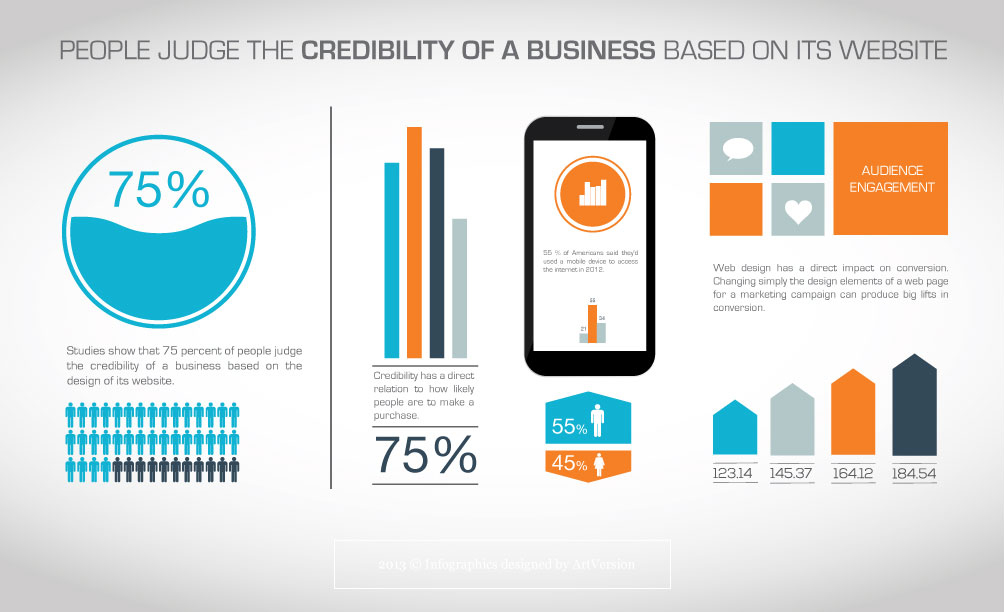Interested In Finding Out Just How Site Design Has Developed Throughout The Years? Discover The Journey From Uncomplicated Layouts To User-Centered Approaches
Interested In Finding Out Just How Site Design Has Developed Throughout The Years? Discover The Journey From Uncomplicated Layouts To User-Centered Approaches
Blog Article
Written By-Rasmussen Trolle
In the past, internet sites were simple and concentrated on information. Navigation was straight, and design was for desktop computers. Now, individual experience is key. mouse click the following article guides designs for simple navigating. Responsive formats fit different tools. Today, dark mode lowers pressure, and minimalist menus boost navigation. Interactive functions engage users, and bold visuals stand out. AI combination increases engagement. See just how layout has actually advanced to improve your on the internet trip.
Very Early Days of Web Design
In the very early days of web design, simplicity reigned supreme. Web sites were fundamental, with minimal shades, font styles, and layouts. The emphasis was on giving information rather than showy visuals. Users accessed the web through slow-moving dial-up connections, so rate and capability were crucial.
Navigation menus were straightforward, commonly located at the top or side of the web page. Internet sites were created for home computer, as mobile browsing had not been yet common. Content was king, and developers prioritized very easy readability over intricate style elements.
HTML was the key coding language utilized, and designers needed to work within its constraints. Computer animations and interactive functions were marginal compared to today's criteria. Internet sites were static, with little dynamic web content or customized user experiences.
Surge of User-Focused Design
With the advancement of website layout, a shift towards user-focused design principles has come to be progressively noticeable. Today, producing websites that prioritize individual experience is important for engaging visitors and achieving business goals. User-focused style involves recognizing the needs, choices, and behaviors of your target market to tailor the website's format, content, and includes as necessary.
Designers currently carry out extensive research study, such as individual studies and functionality screening, to gather insights and comments straight from users. This data-driven technique assists in creating intuitive navigation, clear calls-to-action, and visually attractive interfaces that reverberate with site visitors. By placing the individual at the center of the layout process, web sites can deliver a more tailored and satisfying experience.
Receptive design has additionally emerged as a vital aspect of user-focused style, making certain that web sites are optimized for various tools and screen dimensions. This versatility enhances ease of access and usability, satisfying the varied methods users communicate with web sites today. Basically, the surge of user-focused layout signifies a shift in the direction of producing digital experiences that prioritize the needs and assumptions of completion individual.
Modern Trends in Website Design
Explore the current patterns shaping website design today. One noticeable trend is dark setting style, using a streamlined and modern appearance while reducing eye pressure in low-light settings. An additional vital fad is minimal navigating, streamlining food selections and enhancing user experience by focusing on essential elements. Including micro-interactions, such as computer animated switches or scrolling results, can produce a much more engaging and interactive internet site. Responsive style remains critical, making sure smooth individual experiences across various tools. In addition, utilizing strong typography and unbalanced layouts can add visual rate of interest and draw attention to specific content.
Incorporating AI innovation, like chatbots for customer assistance or individualized recommendations, enhances individual interaction and improves processes. Availability has likewise become a considerable fad, with developers prioritizing comprehensive design techniques to cater to diverse individual demands. Embracing sustainability by optimizing internet site performance for rate and efficiency is an additional emerging trend in web design. Collaborating with customer feedback and information analytics to iterate and boost design continually is important for remaining appropriate in the ever-evolving digital landscape. By embracing these contemporary patterns, you can create a visually enticing, easy to use site that resonates with your target market.
Final thought
As you assess the development of internet site style from the early days to now, you can see just how user-focused style has actually come to be the driving force behind modern-day fads.
Accept the journey of modification and adaptation in web design, constantly keeping the customer experience at the forefront.
Remain present with the latest trends and technologies, and never ever quit developing your strategy to produce visually sensational and user-friendly internet sites.
Develop, adjust, and create - the future of web design is in your hands.
